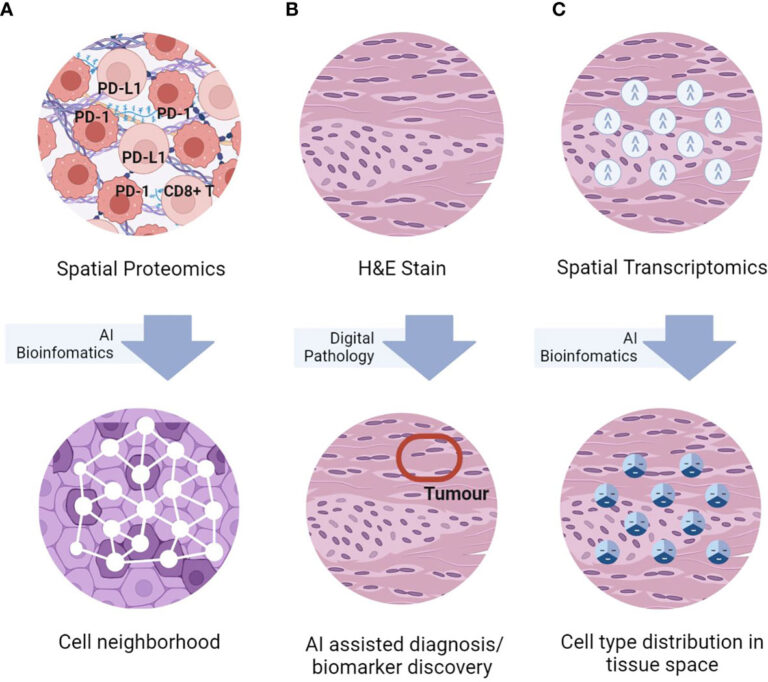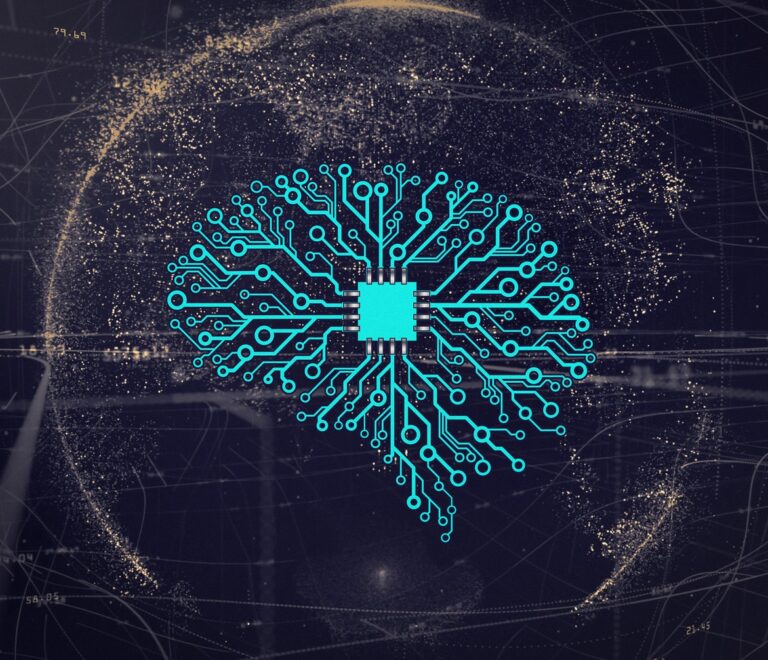Get Sustainable
In an era defined by environmental concerns and the pursuit of a greener future, sustainable technology has emerged as a beacon of hope. Recent years have witnessed remarkable breakthroughs in the realm of sustainable tech, pushing the boundaries of innovation to create a more eco-friendly and sustainable world. A good look into the latest developments in sustainable technology is due, exploring the cutting-edge discoveries that are reshaping our future and the planet.
1. Next-Gen Solar Panels
Solar energy continues to lead the charge in renewable energy sources. The latest breakthroughs in solar technology include perovskite solar cells, which promise higher efficiency and lower production costs. Additionally, transparent solar panels are being developed for applications in windows and facades, turning everyday surfaces into energy-generating assets.
2. Energy Storage Innovation
Energy storage is critical for harnessing renewable energy effectively. Lithium-ion batteries have been the go-to choice, but researchers are exploring alternative materials like solid-state batteries and flow batteries. These developments promise higher energy density, faster charging, and longer lifespan.
3. Carbon Capture and Utilization
CCU technology is evolving to capture carbon emissions from industrial processes and convert them into valuable products. Innovations include using captured CO2 to produce synthetic fuels, chemicals, and building materials, reducing greenhouse gas emissions while creating economic value.
4. Sustainable Transportation: Hydrogen-Powered Vehicles
Hydrogen fuel cells are gaining traction as a green alternative for transportation. Automakers like Toyota and Hyundai are investing in hydrogen-powered cars, promising longer ranges and quicker refueling compared to electric vehicles.
5. Urban Mobility eVTOL Aircraft
Urban air mobility is taking a futuristic turn with eVTOL aircraft. Companies like Joby Aviation and Vertical Aerospace are developing electric air taxis, aiming to revolutionize urban transportation and reduce traffic congestion while minimizing emissions.
6. Sustainable Agriculture: Precision Farming
Precision farming technologies are advancing agriculture’s sustainability. AI-powered systems analyze data from drones, sensors, and satellites to optimize crop yields, reduce water and pesticide use, and mitigate the environmental impact of farming.
7. Circular Economy: Recycling Advances
The circular economy concept is gaining momentum. Innovations in recycling technology, like chemical recycling and advanced sorting methods, are improving the efficiency of recycling processes and reducing waste.
8. Smart Grids and Energy Management: Grid of the Future
Smart grid technologies are transforming the energy landscape. These grids use AI and IoT sensors to balance supply and demand, minimize grid losses, and integrate renewable energy sources seamlessly.
9. Sustainable Construction: 3D-Printed Buildings
3D printing technology is revolutionizing construction by enabling the creation of sustainable and affordable buildings. Large-scale 3D printers can construct houses and even entire communities, reducing construction waste and carbon emissions.
10. Ocean and Water Technologies: Cleaning our Oceans
Innovations in ocean and water technologies are combatting pollution. Devices like The Ocean Cleanup’s Interceptor intercept plastic waste in rivers before it reaches the oceans. Additionally, desalination technologies are becoming more energy-efficient, addressing water scarcity issues.
Final Thoughts
The latest developments in sustainable technology are propelling us towards a greener and more environmentally responsible future. These innovations are not merely concepts but tangible solutions to pressing global challenges. As sustainable technology continues to evolve, we find ourselves on the brink of a transformative era where innovation meets sustainability, creating a world where economic progress aligns with environmental preservation.
Sustainable technology isn’t just the future; it’s the present, and it’s shaping a future where technology harmonizes with nature for the benefit of all.



